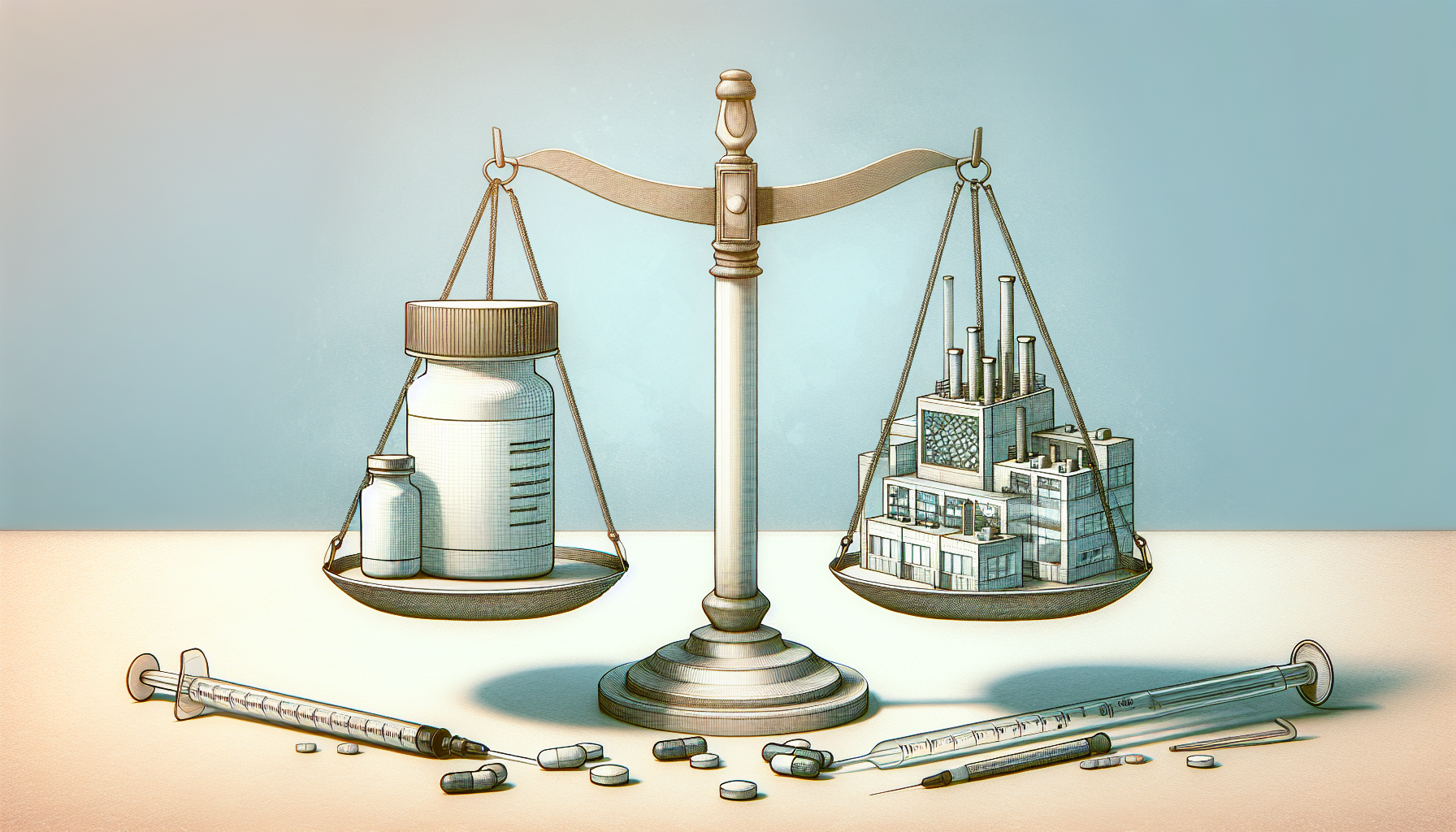Trump's Executive Order on Drug Prices: Can It Deliver Real Savings for Americans?

On May 12, 2025, President Donald Trump signed an executive order aiming to reduce prescription drug prices in the United States by aligning them with the lowest prices paid in other high-income countries. This "most favored nation" policy seeks to address the longstanding issue of Americans paying significantly more for medications compared to their international counterparts.
Under this directive, pharmaceutical companies are given a 30-day window to negotiate lower prices voluntarily. If these negotiations do not yield satisfactory results, the administration plans to implement regulations that would tie U.S. drug prices to those of countries where medications are sold at lower costs. This approach could potentially lead to price reductions ranging from 30% to 80% for certain drugs.
However, the initiative is not without controversy. The pharmaceutical industry has expressed strong opposition, arguing that such government-imposed pricing could stifle innovation and lead to reduced investment in research and development. Critics also point out that similar efforts in the past have faced legal challenges. For instance, a previous attempt by the Trump administration to implement a comparable policy was blocked by a federal court in 2020.
Moreover, the policy's focus on Medicare suggests that the immediate impact may be limited to beneficiaries of this program, leaving those with private insurance potentially unaffected. Health law experts caution that the complexities of the regulatory process and potential legal battles could delay or diminish the anticipated savings for consumers.
In addition to domestic implications, the executive order has international ramifications. President Trump has accused European countries of benefiting from lower drug prices at the expense of American consumers. To address this, he has threatened trade sanctions against nations that refuse to raise their drug prices to match U.S. levels. This strategy aims to pressure foreign governments into adjusting their pricing policies, thereby reducing the disparity between domestic and international drug costs.
As the administration moves forward with this policy, it remains to be seen how effective it will be in achieving its goal of making prescription medications more affordable for Americans. The interplay between government regulations, industry responses, and international trade dynamics will play a crucial role in determining the outcome of this ambitious initiative.
Generational Perspectives
Explore how different generations perceive this topic. Click on a generation to expand.
Evaluating the Impact Across Generations
While the executive order aims to reduce drug prices for all Americans, its effects may vary across different generations. Seniors on Medicare could see immediate benefits, whereas younger individuals with private insurance might experience delayed or minimal impact. Understanding these nuances is essential for assessing the policy's overall effectiveness and fairness.
Finding Common Ground
Regardless of political affiliation or generational differences, there is a collective desire to make healthcare, particularly prescription medications, more affordable and accessible. Recognizing this shared objective can serve as a foundation for collaborative efforts to develop sustainable solutions that balance cost reduction with the need for continued innovation in the pharmaceutical industry.
Assessing the Impact of Trump's Drug Pricing Order
President Trump's executive order aims to significantly reduce prescription drug prices in the U.S. by aligning them with the lowest prices paid internationally. While the initiative has the potential to make medications more affordable for many Americans, it faces substantial legal, political, and industry challenges. The effectiveness of this policy will depend on its implementation and the responses from pharmaceutical companies and international trade partners. As the situation unfolds, it is crucial for all stakeholders to stay informed and engaged in the discourse surrounding drug pricing reforms.
Sources
- Trump to sign executive order to cut prices of medicine to match other countries by Reuters (May 11, 2025)
- Trump signs executive order setting 30-day deadline for drugmakers to lower prescription drug costs by Associated Press (May 12, 2025)
- White House pushes lower US drugs prices with tariff threat to Europe by Financial Times (May 12, 2025)